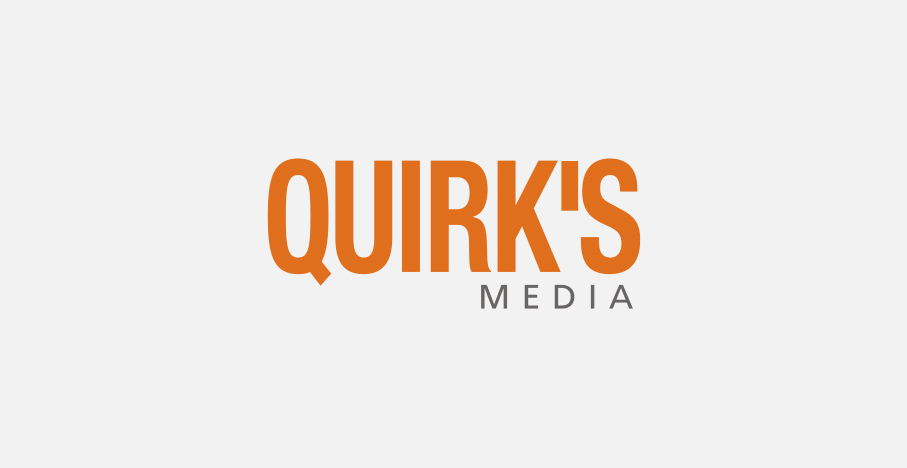Editor’s note: Michelle Finzel is vice president, full-service research, at Maryland Marketing Source Inc., a Randallstown, Md., research firm.
The market research industry is, and has been, changing. These changes have been a long time coming, too.
Are these changes exciting? Most definitely. Change prevents stagnation and encourages creativity. Change allows us to keep up with growing and expanding markets as individuals, as companies and as an industry. Change is practical – for example, we don’t do door-to-door surveys anymore, do we? No, because it became unsafe, unwelcome and unnecessary as people became accessible via various other means. Adapting to new information and communication trends helps keep market research relevant and even necessary to our clients.
Are these changes frightening? Well sure. Anything new and different can be a bit off-putting at first. And sometimes you make mistakes, too. For example, when I first began using social media on behalf of our company, I was actually trying to answer the question, “What’s happening?” with my tweets. I’ve since learned better, thanks to observation, experience and taking a few chances.
So until researchers have the opportunity to step out there and risk moderating their first online bulletin board (aka BBFG), risk recommending social media market research and risk pronouncing MROC in front of their clients (it’s pronounced em-rok, aka insights communities to some) such methodologies will remain scary, distant and “next-gen” instead of “now-gen” to many of us.
Are these changes the end-all-be-all of market research methodologies? No way. The eruption of new methods does not mean that our other ones just get covered over, buried and left for dead. On the contrary, not only do telephone interviews and in-person focus groups remain research methodology staples, they only stand to benefit from advances in technology and communication. After all, we used to dial telephones by hand and mark up pages of sample with penciled-in call dispositions, didn’t we? But when computers and software advanced we didn’t just stop what we were doing; we adapted and advanced as well. Enter our CATI system. We still do on-site intercept interviewing, but now we can use cool laptops and PDAs to transmit real-time data to our clients and save them data entry costs as well. And focus groups still take place in a brick-and-mortar facility but can do so while being broadcast via the Internet to people located all over the world.
So you see, change is exciting and not something to be feared. But it’s also not about exclusion and replacement; it’s about inclusion and advancement. It’s about refinement. And, ultimately, it’s about collecting the best data for clients and providing them information with which they can grow and advance and refine, too.
